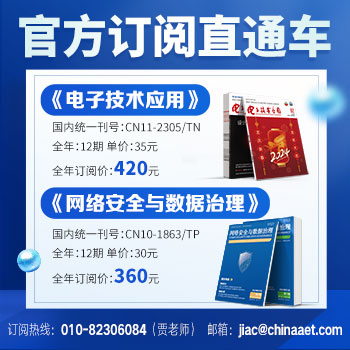論數字化“智力成果”保護向著作權法回歸的正當性——以人工智能生成內容的保護路徑選擇為例
網絡安全與數據治理
徐榕嶺
上海大學法學院
摘要: 現階段數字化“智力成果”不斷涌現,但著作權保護之正當性卻遭遇了前所未有的挑戰。以人工智能生成內容為例,無論是在保護對象上、權利主體上還是受控行為上都因為技術的強勢介入而產生認定難題,進而產生了適用反不正當競爭法進行保護的傾向。但事實上,適用反不正當競爭法不僅無法達到預期效果,反而會因抵觸著作權法而增加社會成本。經過進一步分析,可以發現人工智能生成內容等數字化“智力成果”之上存在創作模式、技術身份和使用行為性質的認識誤區。當相關誤區被糾正后,著作權法完全有能力對數字化“智力成果”提供充分保護并且實現作者利益與公眾利益之間的平衡。因此,正確的做法是在外部明確著作權法、反不正當競爭法和公共領域的界限,在內部利用著作權法高效的利益平衡機制尋找適合數字化“智力成果”的保護模式。
中圖分類號:D923.41文獻標識碼:ADOI:10.19358/j.issn.2097-1788.2024.04.013
引用格式:徐榕嶺.論數字化“智力成果”保護向著作權法回歸的正當性——以人工智能生成內容的保護路徑選擇為例[J].網絡安全與數據治理,2024,43(4):77-84.
引用格式:徐榕嶺.論數字化“智力成果”保護向著作權法回歸的正當性——以人工智能生成內容的保護路徑選擇為例[J].網絡安全與數據治理,2024,43(4):77-84.
The legitimacy of reverting digital "intellectual achievements" protection to copyright law——Background on the path selection for protecting AI-generated content
Xu Rongling
Law School, Shanghai University
Abstract: At present, a plethora of digital "intellectual achievements" continue to emerge, but the legitimacy of copyright protection has been challenged as never before. Taking AI-generated content as an example, both in the object of protection, the subject of rights, and the controlled behavior, there are difficulties in identifying because of the strong involvement of technology, which leads to the tendency of applying anti-unfair competition law for protection. However, the application of anti-unfair competition law not only fails to achieve the desired effect, but also increases social costs due to the conflict with copyright law. After further analysis, it can be found that there are misunderstandings about the creation mode, technical identity, and the nature of use behavior on digital "intellectual achievements" such as AI-generated content. When the relevant misunderstandings are corrected, copyright law is fully capable of providing adequate protection for digital "intellectual achievements" and achieving a balance between the interests of authors and the public interest. Therefore, the correct approach is to clearly define the boundaries of copyright law, anti-unfair competition law and public domain externally, and to find a protection mode suitable for digital "intellectual achievements" internally by using the efficient interest balance mechanism of copyright law.
Key words : copyright protection; unfair competition; AI-generated content; work; application relationship
引言
進入數字經濟時代后,新型數字化“智力成果”不斷涌現,此類“智力成果”之上的使用行為也隨之更新。保護對象[1]與使用方式的創新是產業轉型的必然結果,但也對著作權法獨立適用形成挑戰。目前看來,產業數字化帶來的挑戰并沒有被妥善解決,司法實踐中大量本應由著作權法加以保護的“智力成果”逐漸被反不正當競爭法(以下簡稱“反法”)所吸收,對著作權法的獨立保護構成阻礙。其中一個典型是人工智能生成內容(以下簡稱“AI生成內容”),因著作權法上AI生成內容是否構成作品、歸屬于誰以及某些使用行為受控與否都存在較大爭議。盡管現階段司法實踐基本還是將AI生成內容置于著作權法之下作保護與否的評價,但權利人于“Dreamwriter生成作品”案中率先提出適用反法進行保護的要求,并且此種觀點在學界也受到一定支持[2],甚至有觀點認為AI生成內容應當作為物的孳息歸屬于人工智能硬件所有人[3]。其他法律規范的介入,極有可能使得AI生成內容成為下一個因適用關系不清而產生保護程度差異的客體。
本文詳細內容請下載:
http://www.xxav2194.com/resource/share/2000005973
作者信息:
徐榕嶺
(上海大學法學院,上海200444)

此內容為AET網站原創,未經授權禁止轉載。

